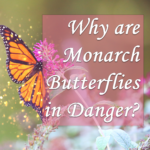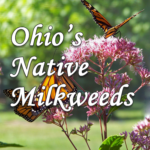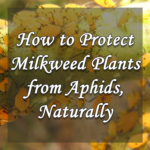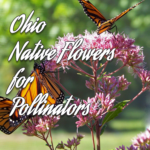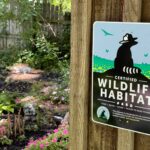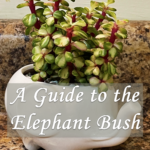
This is a guide to caring for one of my favorite succulents; the elephant bush. It includes information on basic care, propagation, different varieties, and fun facts about this plant.
A Guide to Portulacaria afra: The Elephant Bush
Elephant bush (Portulacaria afra) is a slow-growing, shrubby succulent plant native to South Africa. As a succulent, elephant bush is drought-tolerant and loves dry, sunny areas. It grows best in arid, desert-like environments.
Elephant bush gets its name from the fact that it is a favorite food of elephants. Other common nicknames for this plant include porkbush, spekboom, elephant food, and dwarf jade (though it is not closely related to the jade plant).
Elephant bush is a versatile succulent and can be grown to meet a number of different aesthetics. It’s trailing, leafy stems make it a good choice for hanging baskets. Because of its tree-like growth habit, it also makes for a relatively easy bonsai. Though it is rare for this plant to bloom when grown indoors as a houseplant, it is possible for it to produce clusters of pink or white star-shaped flowers in ideal growing conditions.

